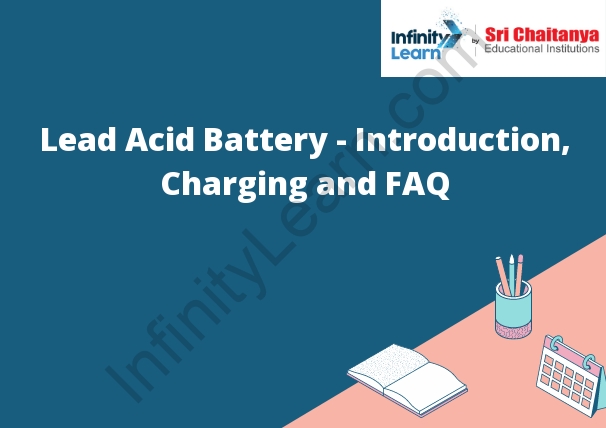Table of Contents
lead-acid-battery
Lead acid batteries are the most common type of battery. They are made of lead plates and sulfuric acid. When the battery is discharging, the lead plates are converted into lead sulfate. When the battery is charging, the lead sulfate is converted back into lead plates and sulfuric acid.

What is a Sealed Lead Acid Battery?
A sealed lead acid battery is a battery that is sealed in order to prevent the release of gas and acid. This type of battery is often used in automobile applications.
Know the Chemical Reaction Behind Discharging a Fire Extinguisher
When a fire extinguisher is discharged, the propellant (usually carbon dioxide) forces the extinguishing agent (usually a foam, powder, or water) out of the extinguisher and onto the fire. The extinguishing agent smothers the fire by cutting off its oxygen supply or by cooling it down.
Understand the Charging of the Lead Acid Battery.
A lead acid battery is a type of rechargeable battery that uses lead plates and sulfuric acid to store electricity. When the battery is discharged, the lead plates are covered in lead sulfate. When the battery is recharged, the lead sulfate is converted back to lead plates and sulfuric acid.
The lead acid battery is charged by applying a voltage to the battery terminals. The voltage causes a current to flow through the battery, which causes the lead plates and sulfuric acid to react and create electricity. The amount of current that flows through the battery depends on the voltage and the resistance of the battery.
Know the Chemical Reaction for Recharging a Battery.
The chemical reaction for recharging a battery is the transfer of electrons from the battery to the external circuit.






